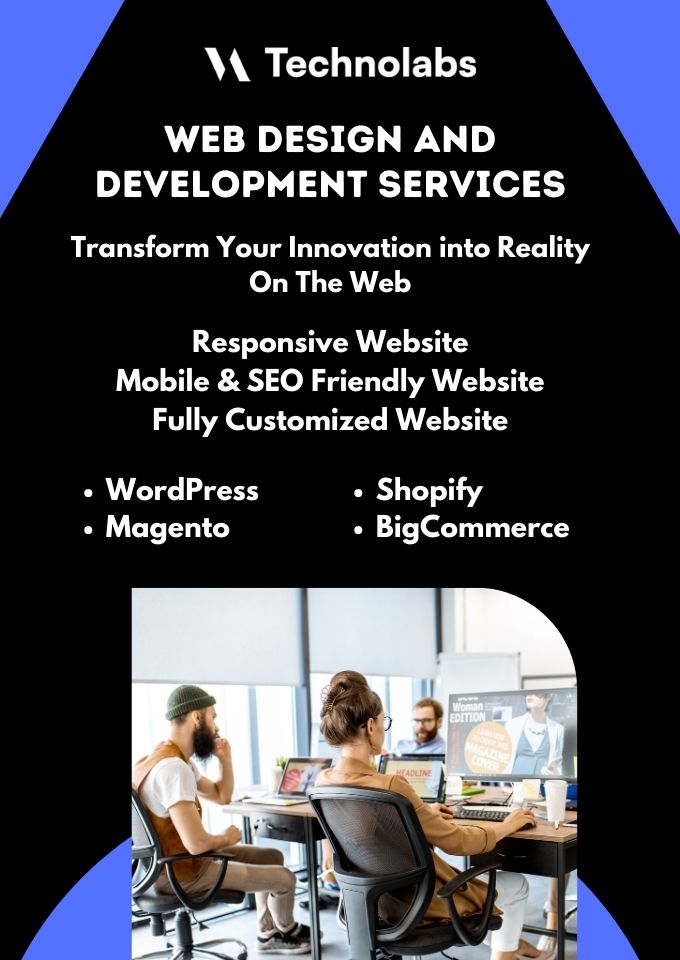Enhancing Restaurant Efficiency: The Power of POS Integration

Enhancing Restaurant Efficiency: The Power of POS Integration
In the fast-paced world of restaurant management, optimizing efficiency is essential for staying competitive and profitable. One of the most effective ways to achieve this is by integrating your restaurant’s point-of-sale (POS) system with other key platforms and systems. This seamless connectivity streamlines operations, reduces manual errors, and enhances customer experiences. In this comprehensive guide, we’ll explore the benefits of POS integration and highlight key points through bullet lists.
Benefits of POS Integration:
- Streamlined Operations:
- Eliminates manual data entry, reducing errors and saving time.
- Automates tasks such as inventory management, order processing, and reporting.
- Provides real-time insights into sales, inventory levels, and customer trends.
- Seamless communication between front-of-house and back-of-house operations.
- Faster table turnover times and improved order accuracy.
- Centralized management and monitoring of multiple restaurant locations.
- Enhanced Inventory Management:
- Syncs POS with inventory management software for accurate stock tracking.
- Enables automatic reordering based on inventory levels and demand.
- Minimizes overstocking and stockouts, optimizing inventory turnover rates.
- Tracks ingredient usage and waste for better cost control.
- Facilitates menu engineering and optimization based on ingredient availability.
- Generates automated low-stock alerts and purchase order recommendations.
- Seamless Online Ordering:
- Integrates POS with online ordering platforms for smooth order processing.
- Ensures orders placed online are accurately reflected in the kitchen workflow.
- Syncs inventory data to prevent out-of-stock items and maintain menu accuracy.
- Streamlines payment processing and order tracking for delivery and pickup.
- Enables real-time menu updates and promotions across all channels.
- Captures customer data for targeted marketing and loyalty programs.
- Efficient Accounting Processes:
- Automates recording and categorization of sales data for easy reconciliation.
- Provides insights into revenue streams and financial performance.
- Simplifies payroll calculations and wage management.
- Integrates with accounting software for streamlined bookkeeping and tax compliance.
- Generates detailed reports on sales, costs, and profitability.
- Enables data-driven pricing strategies and menu optimization.
- Personalized Customer Experiences:
- Captures and analyzes customer data to understand preferences and behavior.
- Enables personalized marketing campaigns and loyalty programs.
- Builds stronger customer relationships and encourages repeat business.
- Facilitates tableside ordering and payment for a frictionless dining experience.
- Allows for customized menu recommendations based on dietary preferences.
- Streamlines customer feedback collection and complaint resolution.
Overcoming Integration Challenges:
While the benefits of POS integration are undeniable, the process of integrating multiple systems can present challenges. Here are some common hurdles and strategies to overcome them:
- Data Compatibility: Different systems may use varying data formats, making integration challenging. Ensure that your POS system and other platforms have robust APIs or data mapping capabilities to facilitate seamless data exchange.
- Legacy Systems: Older, legacy systems may not be designed for integration, requiring workarounds or upgrades. Assess the compatibility of your existing infrastructure and consider phased upgrades or middleware solutions to bridge gaps.
- Data Security: Integrating multiple systems increases the risk of data breaches and cyber threats. Implement robust security measures, such as encryption, access controls, and regular software updates, to protect sensitive data.
- Training and Change Management: Introducing new integrated systems may require retraining staff and adjusting workflows. Develop comprehensive training programs and change management strategies to ensure a smooth transition.
- Cost and Scalability: Integration projects can be costly, and poorly planned implementations may lack scalability. Carefully evaluate the long-term costs and scalability requirements, considering factors like future growth and technology advancements.
Choosing the Right Integration Partners:
Selecting the right integration partners is crucial for the success of your POS integration project. Consider the following factors when evaluating potential partners:
- Integration Experience: Look for partners with a proven track record of successful POS integrations in the restaurant industry. Experience in handling complex integrations and understanding industry-specific requirements is invaluable.
- Software Compatibility: Ensure that the partner’s solutions are compatible with your existing POS system and other platforms. Prioritize vendors that offer pre-built connectors or APIs specifically designed for seamless integration.
- Customization and Flexibility: Every restaurant has unique requirements, so choose partners that offer customizable solutions and the flexibility to adapt to your specific needs.
- Support and Training: Reliable technical support and comprehensive training resources are essential for a smooth implementation and ongoing maintenance of integrated systems.
- Scalability and Future-proofing: Select partners that offer scalable solutions capable of growing with your business. Consider their roadmap for future enhancements and their commitment to staying ahead of emerging technologies.
Real-World Integration Success Stories:
To illustrate the transformative power of POS integration, let’s explore some real-world success stories from restaurants that have embraced this approach:
- Streamlined Inventory Management at a High-Volume Chain: A popular casual dining chain implemented a POS integration solution that connected their POS system with inventory management software and supplier portals. This integration enabled real-time inventory tracking, automatic reordering, and optimized supply chain management across multiple locations. As a result, the chain reduced inventory carrying costs by 15%, minimized stockouts, and improved menu consistency across all restaurants.
- Personalized Customer Experiences at a Trendy Bistro: A trendy farm-to-table bistro integrated their POS system with a customer relationship management (CRM) platform and online ordering system. This integration allowed them to capture customer preferences, dietary restrictions, and order history. By leveraging this data, the restaurant could provide personalized menu recommendations, targeted promotions, and a seamless online ordering experience. Customer loyalty and repeat business increased by 28%, contributing to significant revenue growth.
- Efficient Accounting and Reporting at a Family-Owned Restaurant Group: A family-owned restaurant group with multiple locations implemented a POS integration solution that connected their POS system with accounting software and reporting tools. This integration streamlined financial processes, automated sales data recording, and generated detailed reports on revenue, costs, and profitability. The restaurant group experienced a 25% reduction in accounting labor costs and gained valuable insights for data-driven decision-making.
Conclusion:
In conclusion, integrating your restaurant’s POS system with other platforms and systems offers a multitude of benefits, ranging from operational efficiency to enhanced customer experiences. By streamlining operations, improving inventory management, automating accounting processes, and personalizing customer interactions, POS integration empowers restaurants to thrive in today’s competitive market.
As you embark on the journey of POS integration, remember to choose compatible systems and software that seamlessly integrate with your existing POS infrastructure. Prioritize platforms that offer robust features, reliable support, and scalability to accommodate your restaurant’s growth.
Embrace the power of connectivity to unlock new levels of efficiency, profitability, and customer satisfaction. With POS integration as your ally, your restaurant can navigate the complexities of modern hospitality with ease and confidence.
Stay ahead of the curve, elevate your operations, and delight your customers every step of the way. The future of restaurant management is integrated – are you ready to embrace it?





